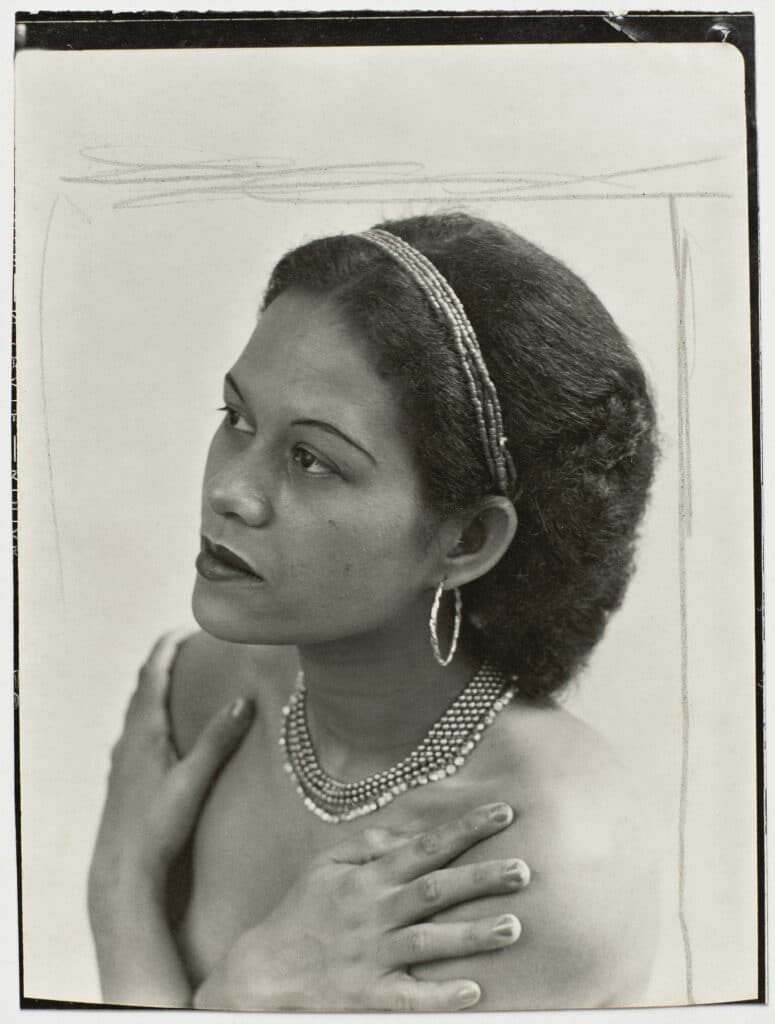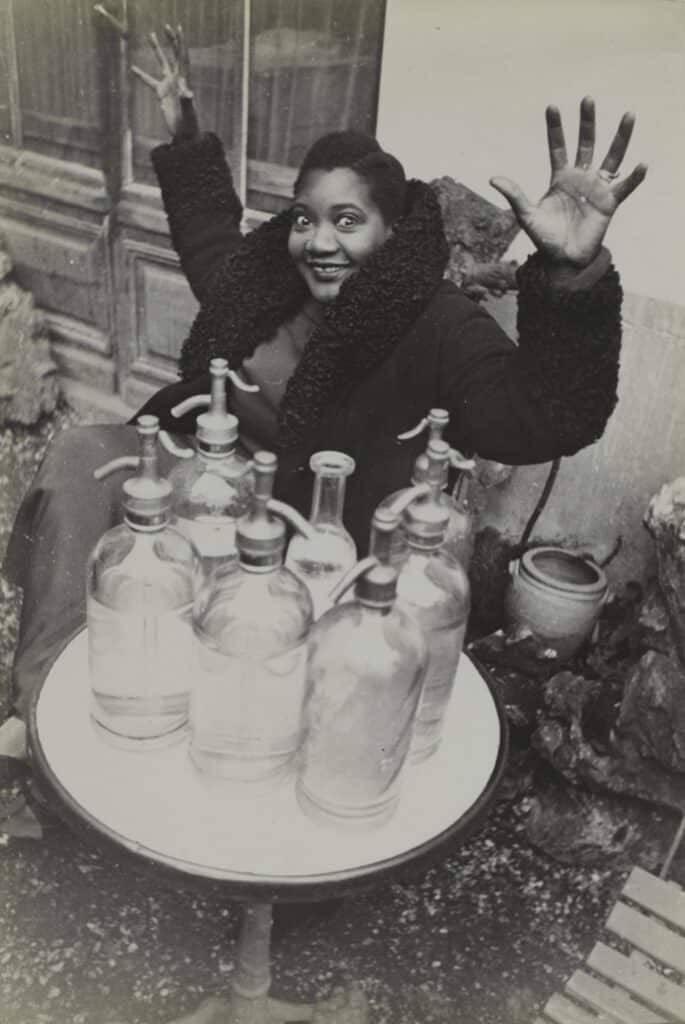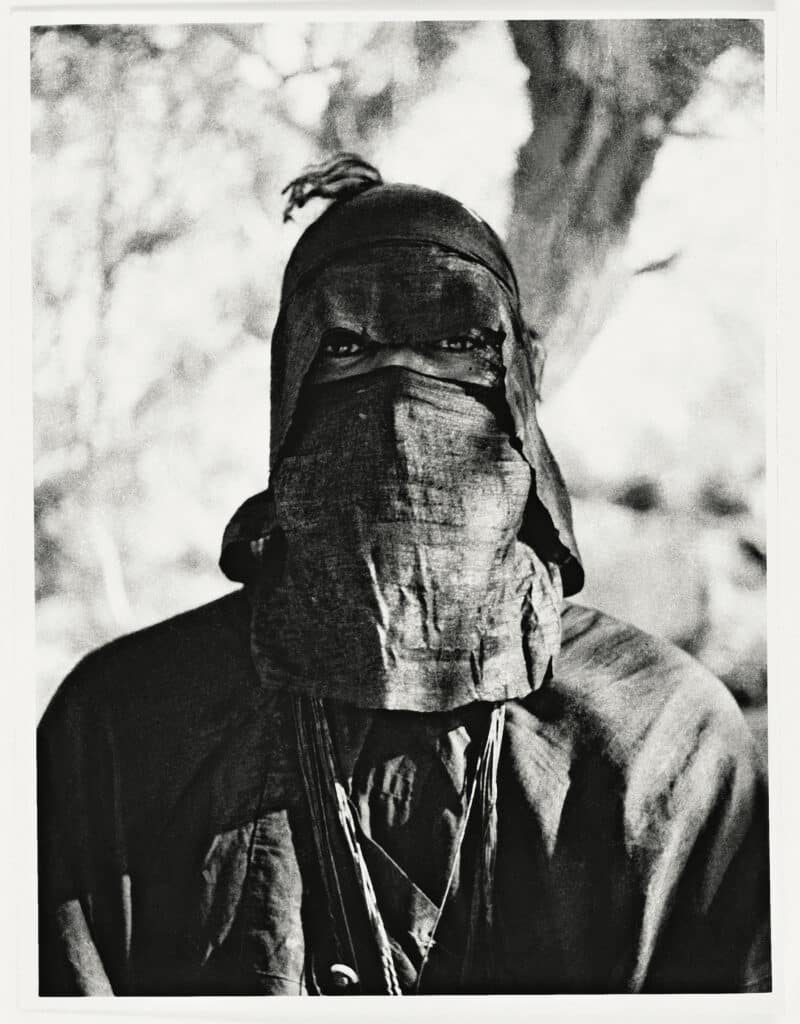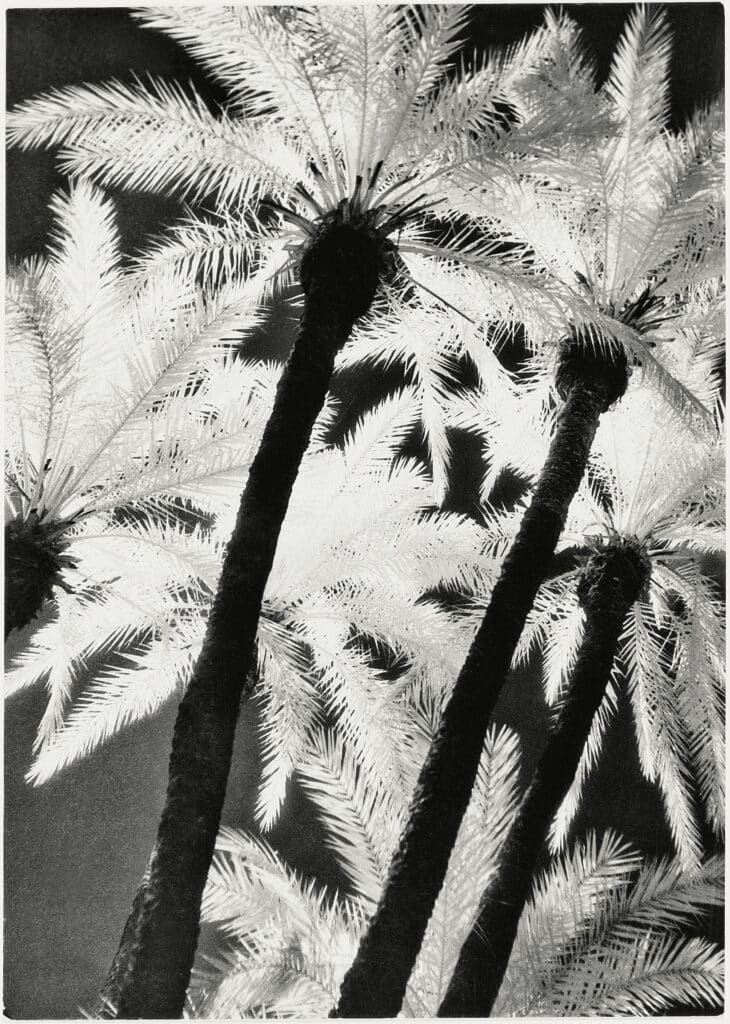A quincunx of towers: four over 145 feet tall, and one, in the center, reaching 180 feet; twenty-eight galleries; a frame of reinforced concreted crisscrossed by wooden beams: this replica of the Cambodian temple of Angkor Wat was a showcase for the French presence in Indochina and the masterpiece of the 1931 International Colonial Exhibition.
Nestled in the heart of the Bois de Vincennes, the exhibition was meant to project, and bolster, French colonial power through the power of images.
Photography proved to be a formidable instrument in dispensing colonial discourse. Souvenirs, dioramas, and postcards populating the display cases in the Photographers’ Gallery at the Centre Pompidou, speak to a real visual inflation.
Decolonizing the gaze
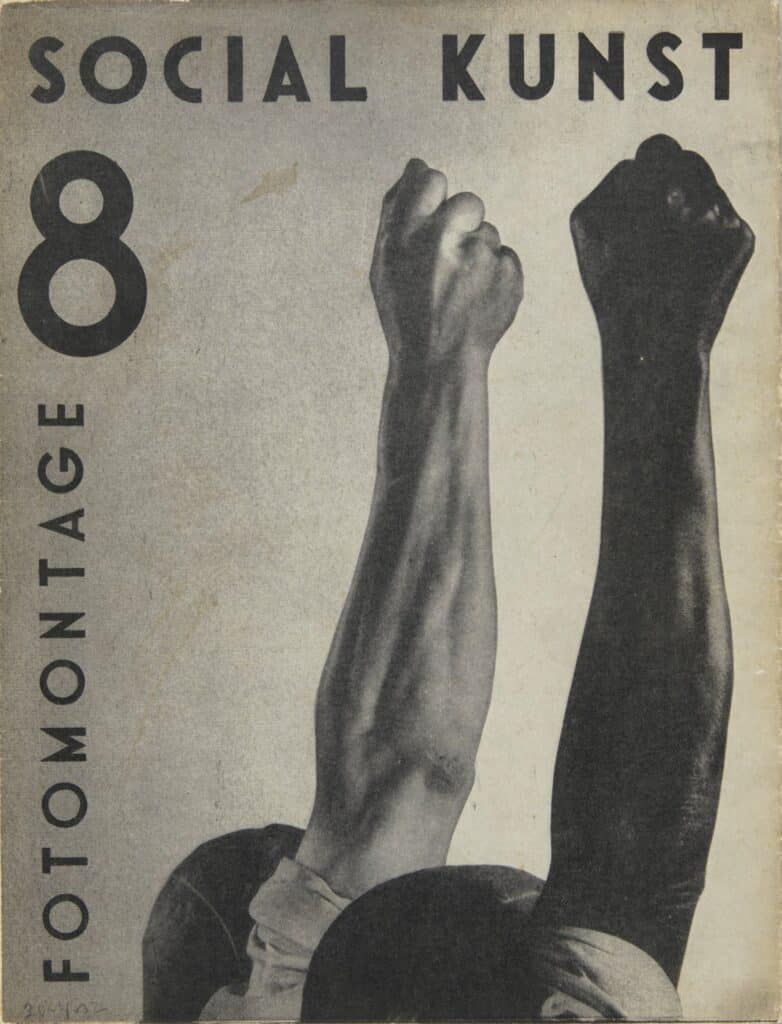
The exhibition Unframing Colonialism: Anticolonialism, Surrealism, Modern Photography centers on the production of modern photographers active in the 1930s. Damarice Amao, photography curator at the Musée National d’Art Moderne, and the curator of the exhibition, has sought to contextualize this production. She proposes a new interpretation of images all too often reduced to the fascination with otherness and exoticism.
Navigating between artistic and photographic production and the writings of intellectuals, we question colonialism’s dialogue with ethnography, the role of the illustrated press, and the instrumentalization of images in a national discourse.
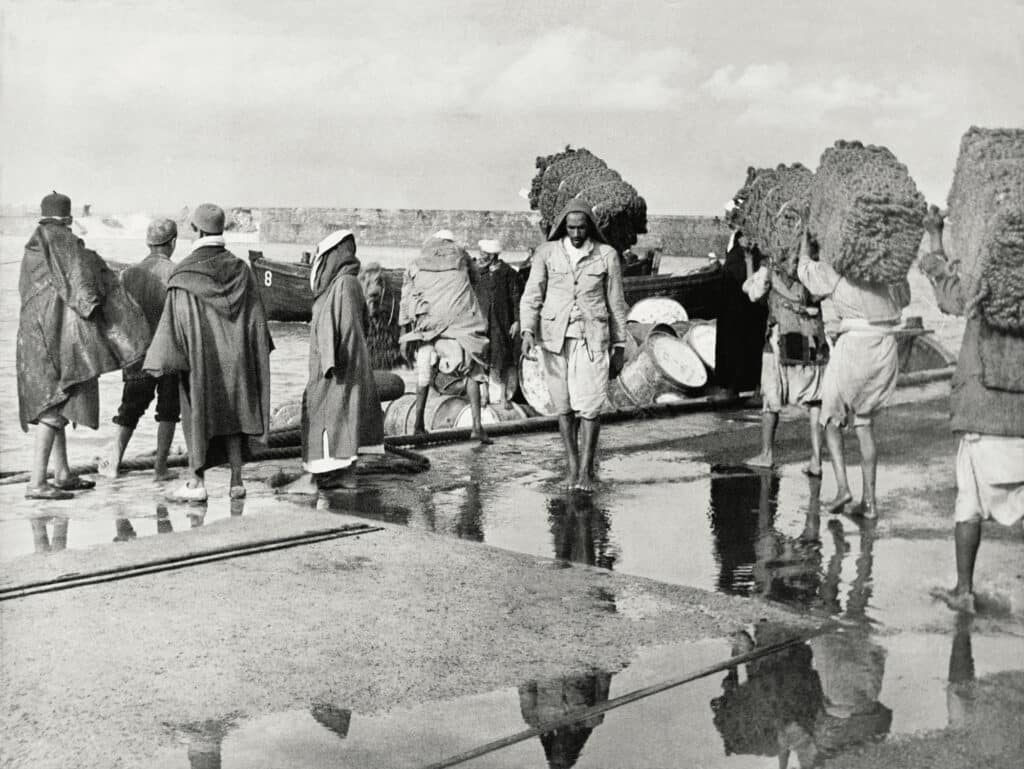
Eroticism and exoticism
Framed in a context of the exaltation of the nude—and athletic—body, the presumed vitality of black bodies exerted a fascination on the colonial viewer. The interwar period was characterized by a “Negrophile” fad that was reflected in photography.
This essentialization of racialized bodies was coupled with an iconography that perpetuated the myth of the sexual availability of the exotic woman: model bodies, photographed bodies, bodies stripped bare, anonymous models posing lasciviously before the camera.
This stereotype has its history, in particular in the works of Gauguin, with “the Moorish woman,” the “Vahine,” or “the African,” which fed the exotic fantasy. Between colonialism and eroticism, this vision of the colonized woman overlooked the reality of sexual violence.
While these reified representations encapsulated a colonial imaginary marked by male gaze, some photographers gradually turned against it. This was the case of Henri Cartier-Bresson, who, during his stay in Africa, shed any remnants of artificial exoticism. Refusing the fetishization of black bodies, his black-and-white prints show a more humanist view of contemporaneous African life.
Propaganda, Surrealism, and dissident visions
The 1920s saw the rise of reportage by modern photographers: Pierre Boucher experimented with infrared photography and photomontage; Laure Albin-Guillot with the effects of blur and subtle play of light; and Pierre Ichac with aerial views. “Photography was both a research tool and a tool for mediating ethnography and the imaginary of travel,” notes Damarice Amoa.
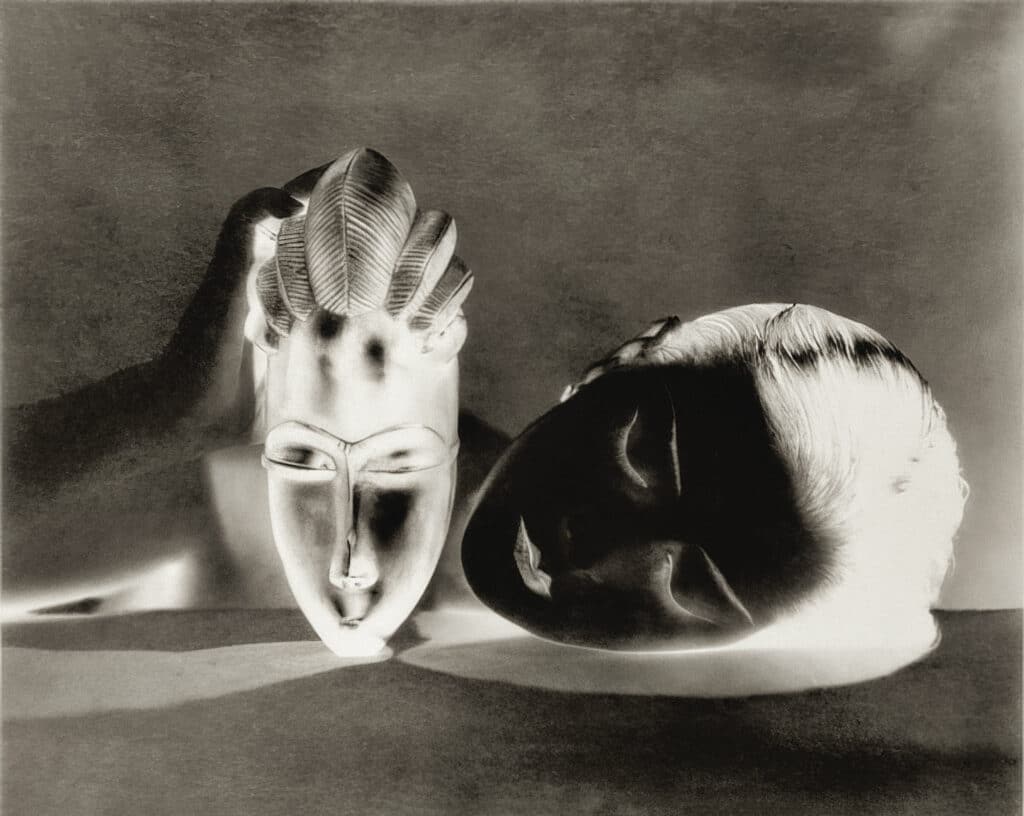
It was also a political tool. More than just adding to the pool of images of remote lands, Pierre Ichac’s pictures documented, and furthered, the conquest of the skies, helping to delimit the African territories. Press, brochures, posters, documentary photos from reports or commissions, colonial propaganda is above all visual.
Despite the omnipresence of images glorifying the colonial exhibition, there were voices speaking out against the propaganda. The Surrealists joined the radical left and the first militant anticolonial movements. Together, they forged an offbeat, ironic, and transgressive vision of the exhibition.
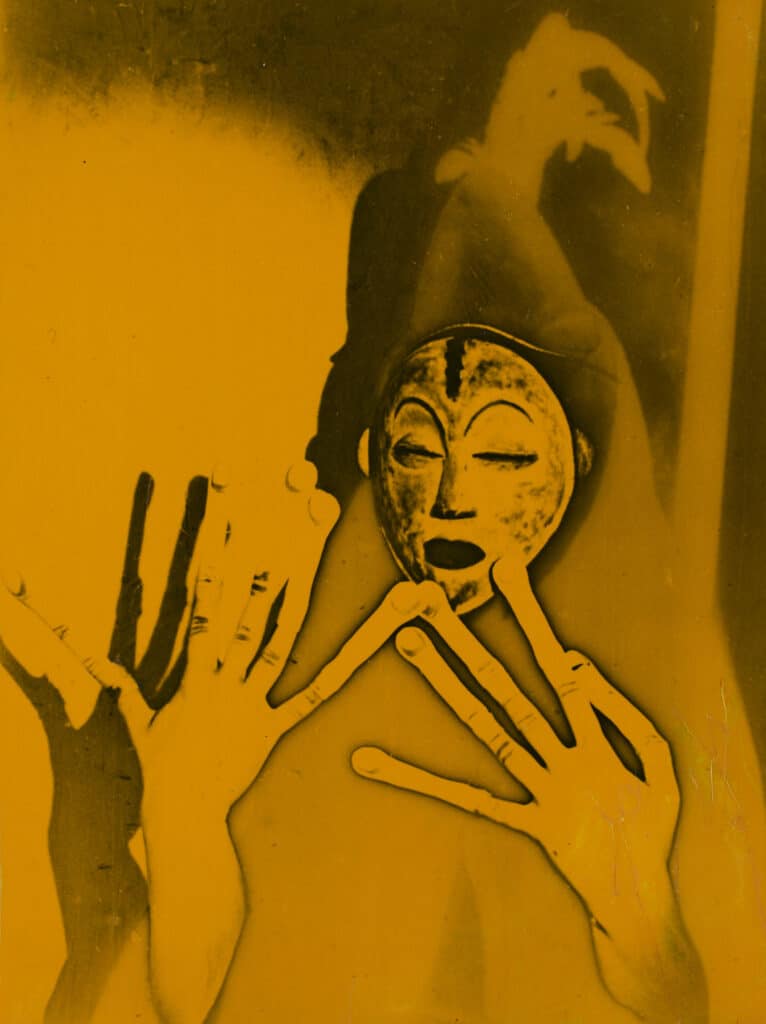
This was also a vision conveyed by the American photographer Man Ray in his anti-reportage. Although he did not engage in outright criticism, his images need to be interpreted against the context of their time: a lamp vainly camouflaged by some kind of agave plant, or a hair dryer juxtaposed with female sex organs serve to critique the imperialist ideology based on technical and material progress. Using irony, Man Ray also denounced sexual violence and the underlying violence of the colonial enterprise as a whole.
In the exhibition Unframing Colonialism, images and voices communicate, contradict one another, and challenge us in turn. The texts of the decolonized press break with a stereotyped iconographic universe. Between idealized representations, criticism, and propaganda, there arise questions too often passed over in silence, especially in the art world.
Damarice Amao ed., Décadrage colonial: Surréalisme, anticolonialisme et photographie moderne, Textuel/MNAM/Centre Pompidou, with the support of the Ministry of Culture and the Friends of the Centre Pompidou, €45, 192 pp (in French).

